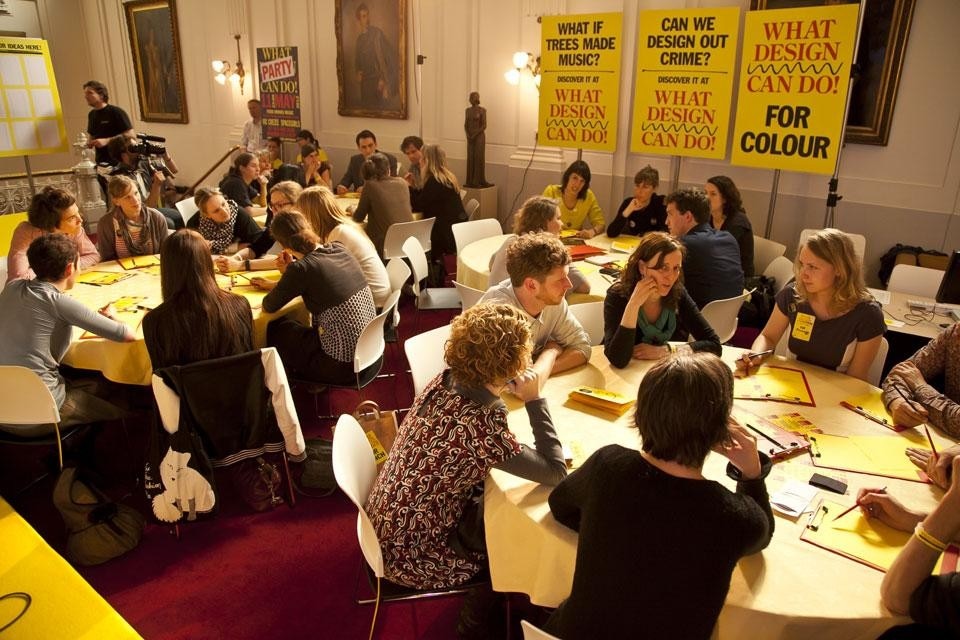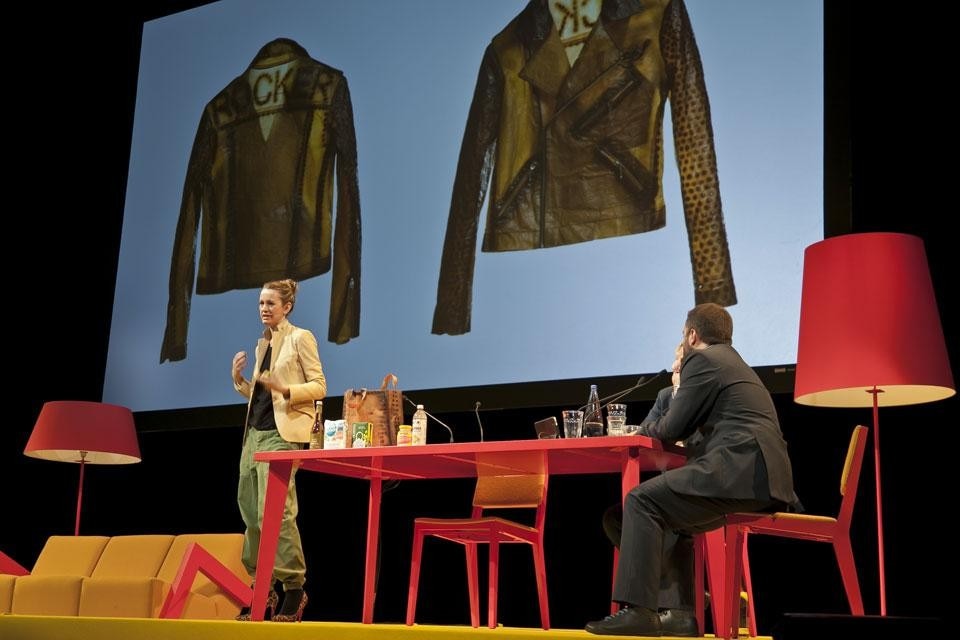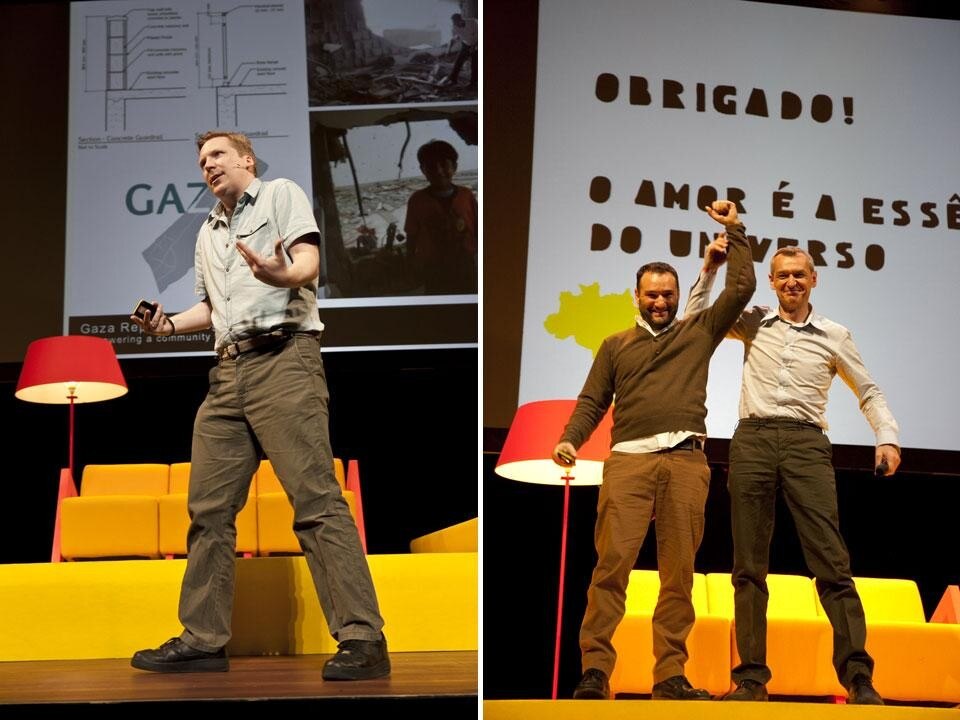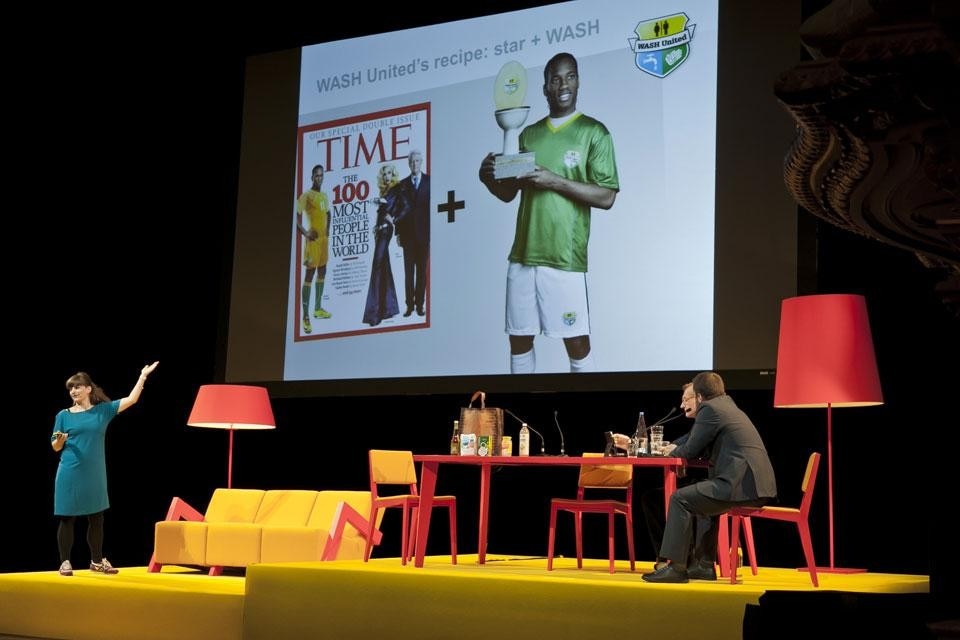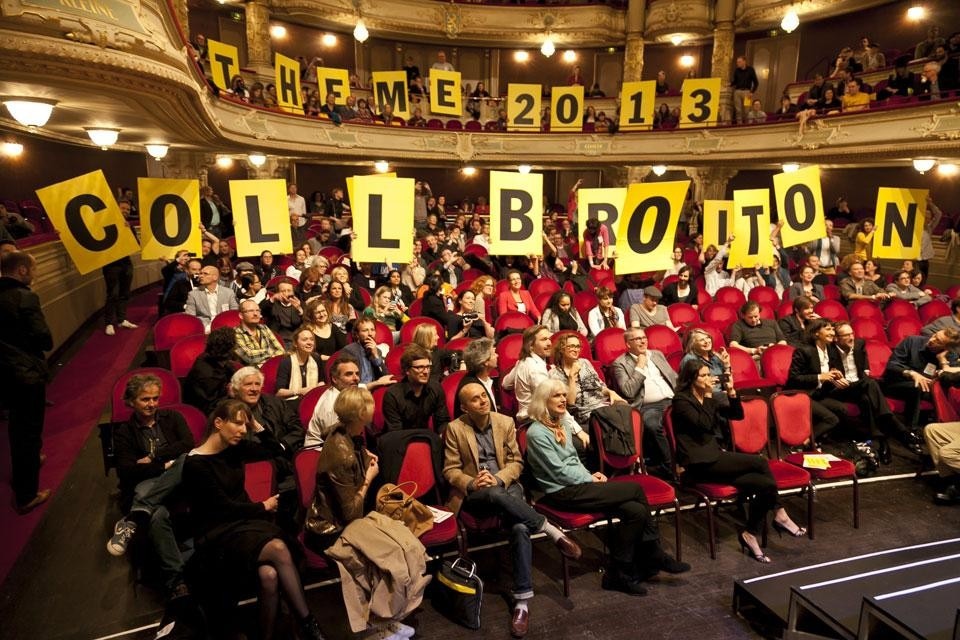The implications of design as a cultural agent can make designers look around and re-interpreted their cultural and social heritage. This was brought to light in a much applauded presentation by Colombian Esteban Ucrós, who values the graphic self-expression found all over the streets of his home town of Bogotá. For him, these instances of vernacular design are both inspiring and definitely worth preserving. Ucrós, together with a couple of friends, has been gathering — in a platform called Populardelujo — an archive of the graphic material found in the streets of Bogotá. The platform functions as a way to present the mostly unknown street artists that have been spreading their lively graphic language for decades. In a similar vein, Dutch graphic designer Harmen Liemburg presented his work as a reinvention of common imaginary and symbols he finds around him, in every corner of the world — anything from traffic signs to the American flag, using the low-tech medium of screen-printing. His motto is "browse the world and see what's there".
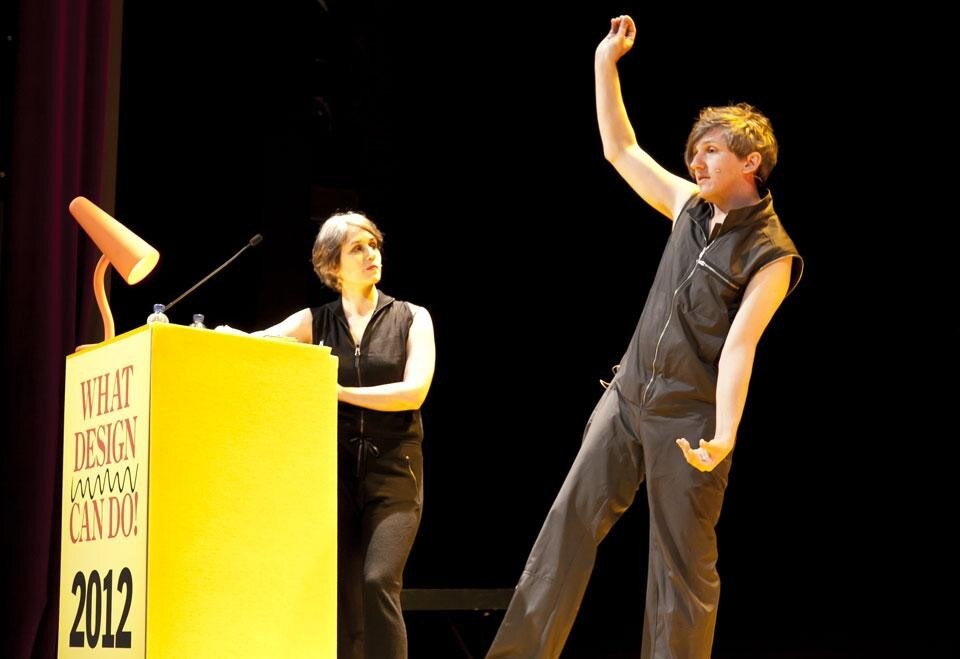
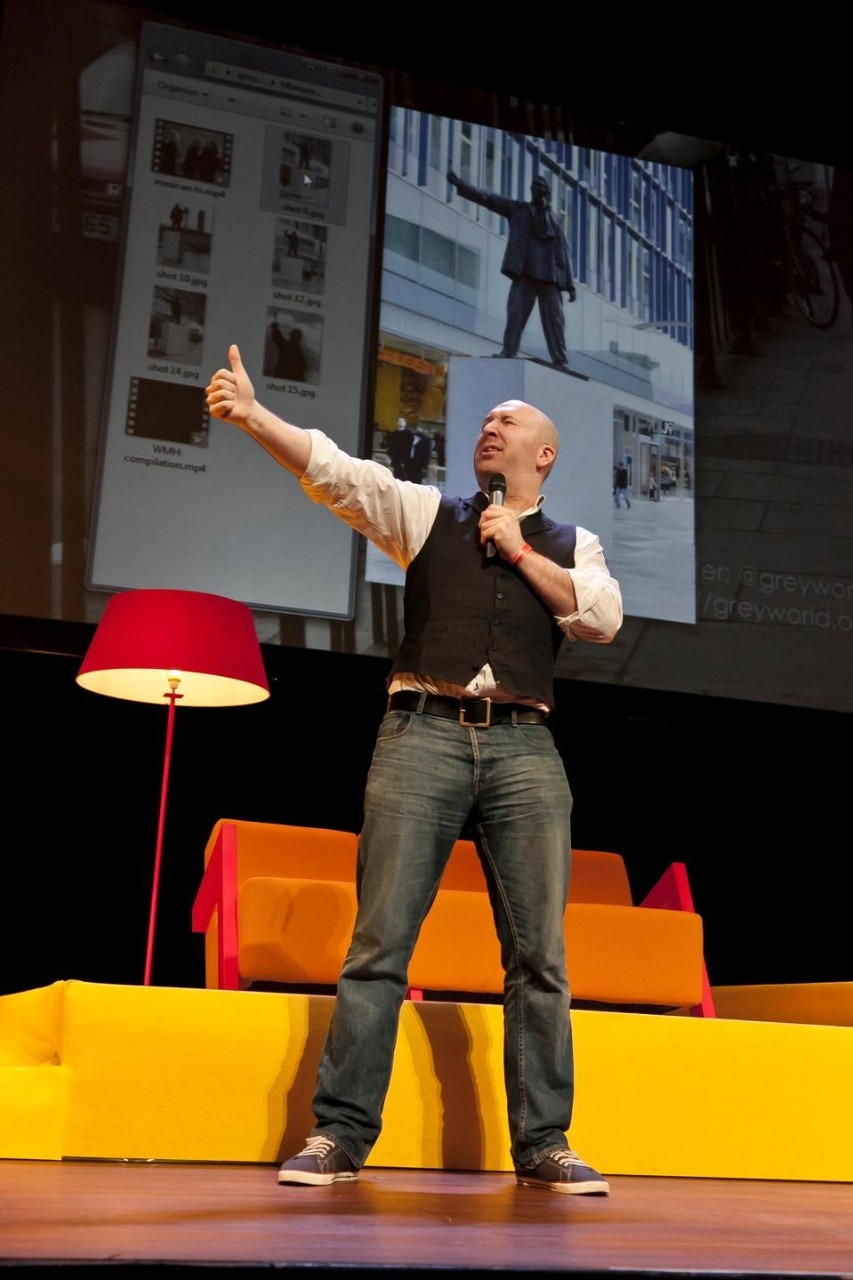
Running conversely to the presentations, the breakout sessions were a way for those in the audience to take a break from the talks and have a more hands-on participation
